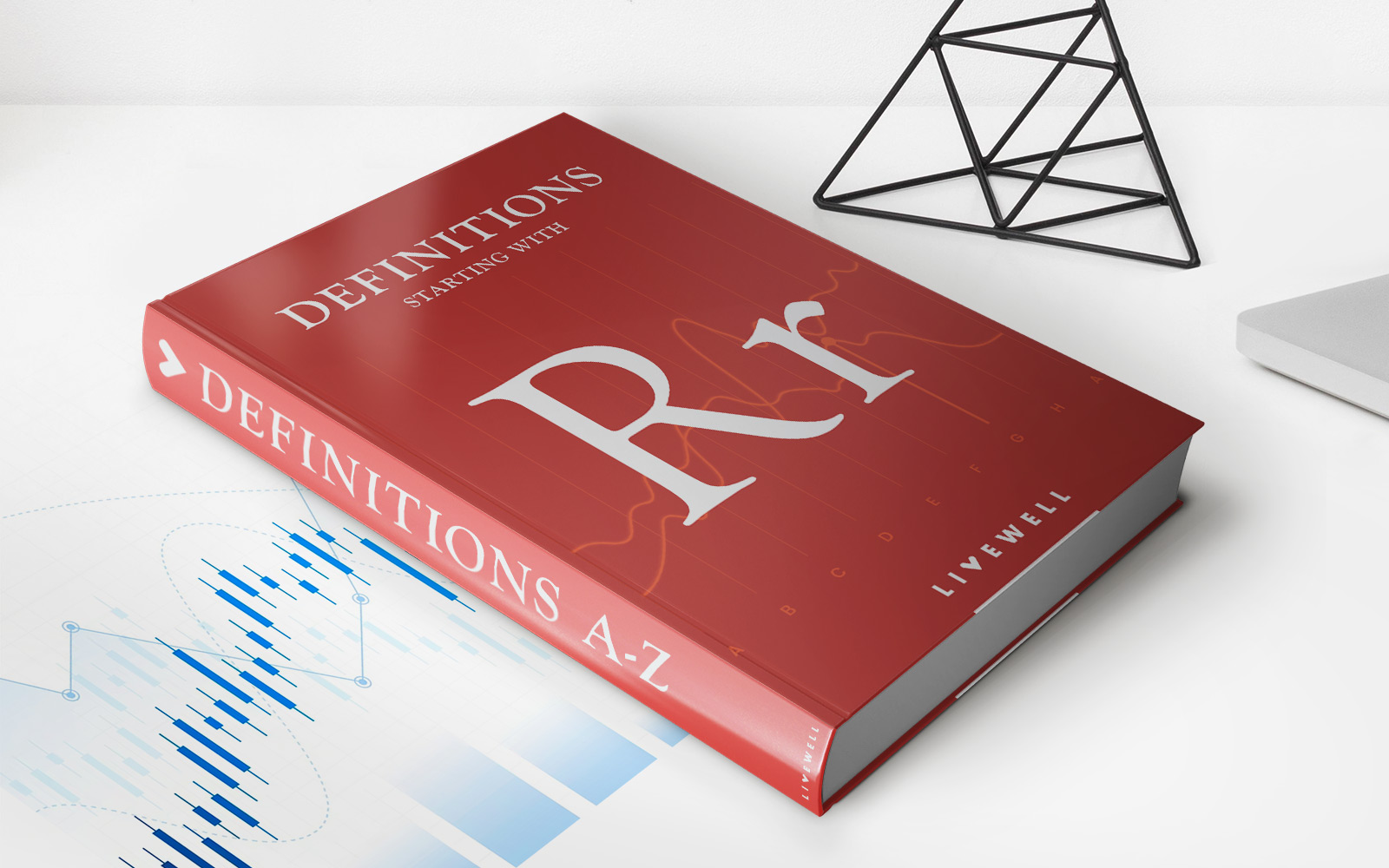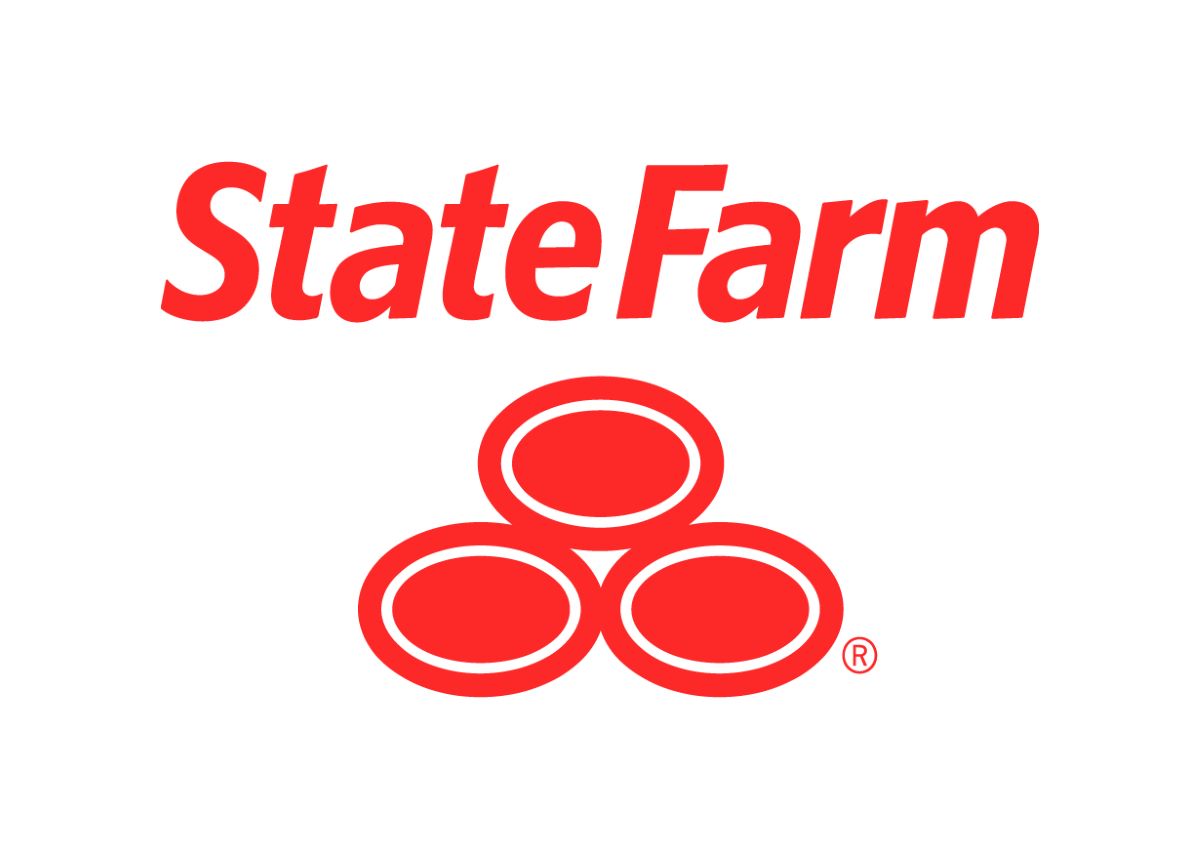Home>Finance>Aggregate Limit Of Liability: Definition, How It Works, Example


Finance
Aggregate Limit Of Liability: Definition, How It Works, Example
Published: October 5, 2023
Learn about the aggregate limit of liability in finance, including its definition, how it works, and examples. Understand how this concept impacts financial strategies and risk management.
(Many of the links in this article redirect to a specific reviewed product. Your purchase of these products through affiliate links helps to generate commission for LiveWell, at no extra cost. Learn more)
Aggregate Limit of Liability: Definition, How It Works, Example
Welcome to the finance category of our blog! In today’s post, we will be diving into the concept of the Aggregate Limit of Liability. If you’ve ever wondered how insurance companies determine the maximum amount they are willing to pay out on a policy, then this article is for you. We’ll explore what the Aggregate Limit of Liability is, how it works, and provide you with a real-life example to help you understand it better.
Key Takeaways:
- The Aggregate Limit of Liability is the maximum amount an insurance company will pay out over a specific period.
- It is a crucial consideration for both individuals and businesses when selecting an insurance policy.
What is the Aggregate Limit of Liability?
The Aggregate Limit of Liability is a term commonly used in insurance policies to define the maximum amount the insurer is responsible for paying out over a specific period, typically a policy term such as one year. It represents the total dollar amount of claims an insurance company will cover within that timeframe.
This limit is set to protect both the insured and the insurer. For the insured, it ensures that in the event of multiple claims or a catastrophic event, their coverage will not be exhausted too quickly, leaving them financially vulnerable. On the other hand, for the insurance provider, the aggregate limit is a risk management tool that helps them manage their exposure to high-cost claims and maintain their financial stability.
How Does it Work?
Let’s say you own a small business and have purchased a liability insurance policy with an Aggregate Limit of Liability of $1 million. This means that over the course of a year, your insurance company will cover up to $1 million in claims related to potential liabilities, such as property damage, bodily injury, or legal expenses, depending on the coverage provided by your policy.
If throughout the year, several claims are filed against your business that amount to a total of $800,000, your insurance company will cover those claims in full. However, if another claim is made that would exceed the $200,000 remaining in the aggregate limit, you would be responsible for paying the additional amount out of pocket.
Example of the Aggregate Limit of Liability
Let’s consider an example to illustrate how the Aggregate Limit of Liability works. Imagine you operate a construction company, and you have a liability insurance policy with an Aggregate Limit of Liability of $5 million. One of your construction projects results in an accident causing various injuries and property damage. As a result, multiple claims are filed against your company.
Let’s say that the total value of all the claims filed amounts to $4.8 million. In this scenario, your insurance company will cover the full $4.8 million within the aggregate limit. However, in the future, if additional claims arise that would exceed the remaining $200,000, you would need to cover the excess amount yourself.
It’s important to note that the Aggregate Limit of Liability applies to the total amount of claims, rather than per claim. This means that even if you have multiple smaller claims that do not individually exceed the aggregate limit, they may still deplete your coverage if they collectively reach or surpass the limit.
In Conclusion
The Aggregate Limit of Liability is a critical consideration when selecting an insurance policy, both for individuals and businesses. It determines the maximum amount an insurance company will pay out over a specific period and helps protect both the insured and the insurer from financial risks. Understanding your insurance policy’s aggregate limit will empower you to make more informed decisions and ensure you have adequate coverage in place.
We hope this article has provided you with a clear understanding of the Aggregate Limit of Liability. If you have any further questions or would like more information, feel free to reach out to us!














